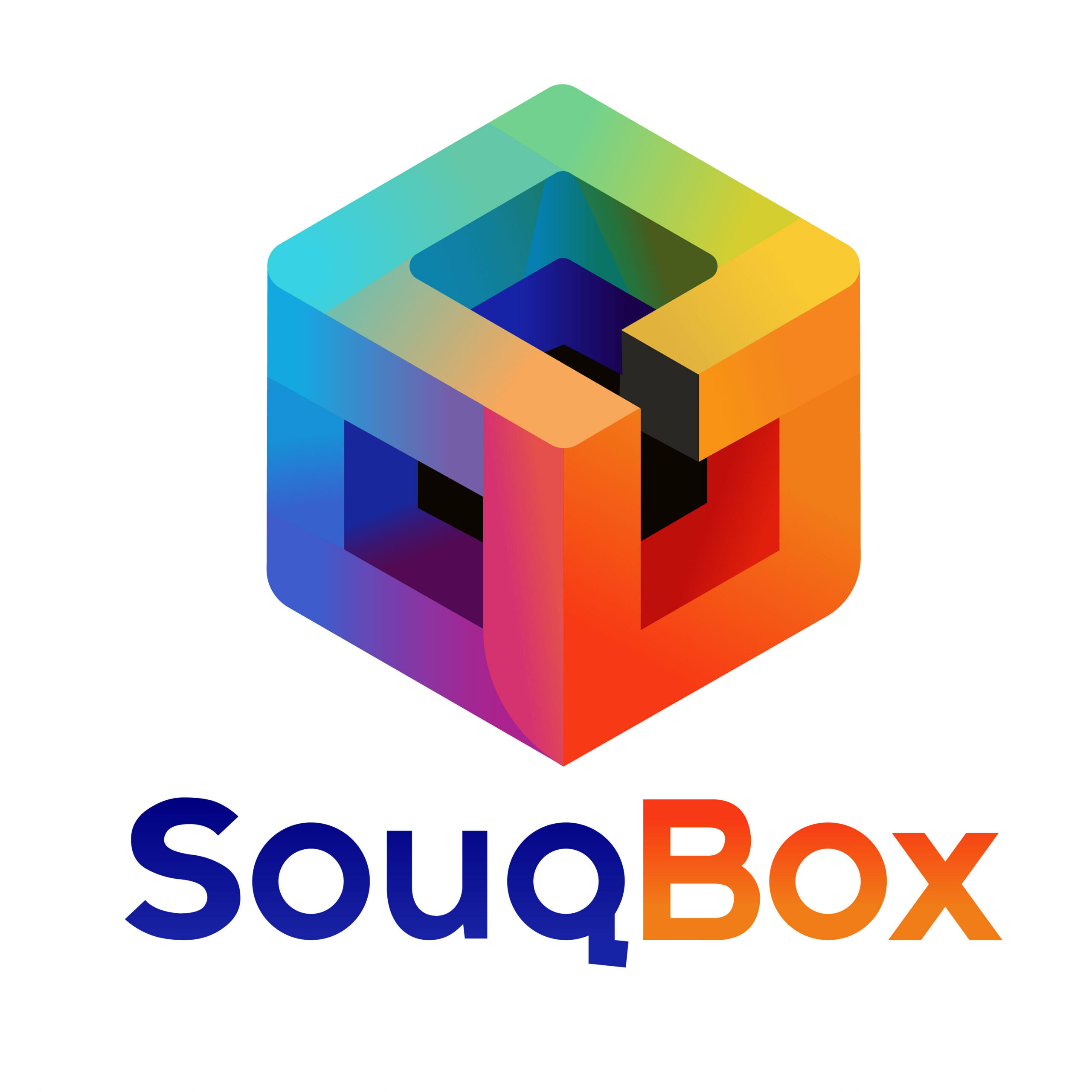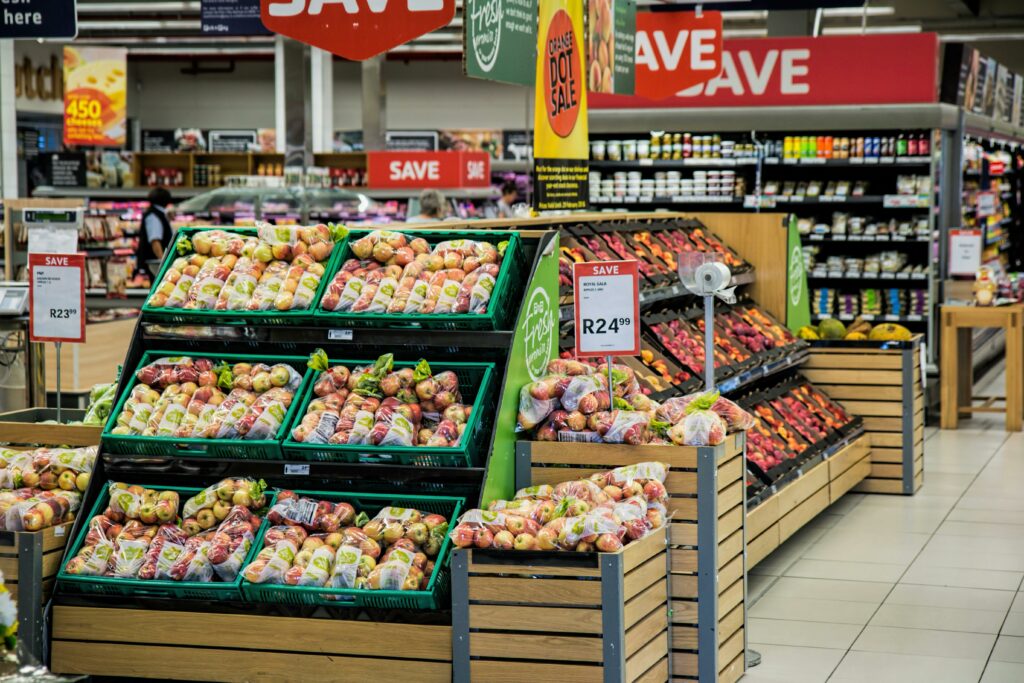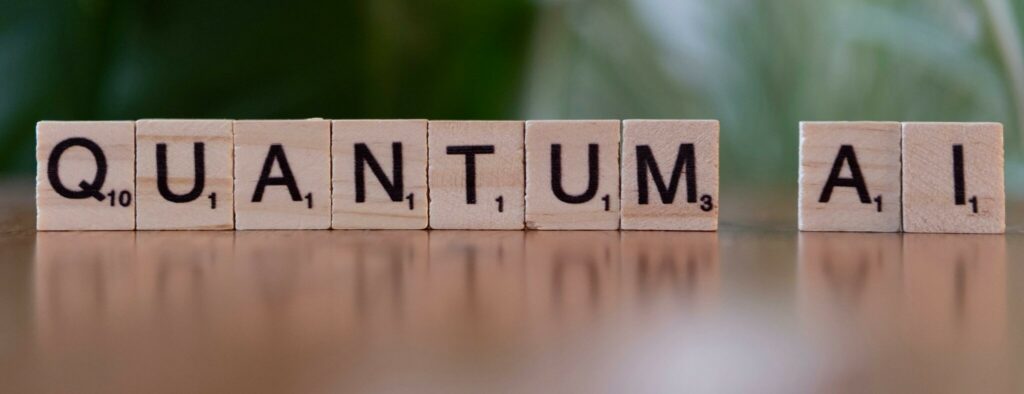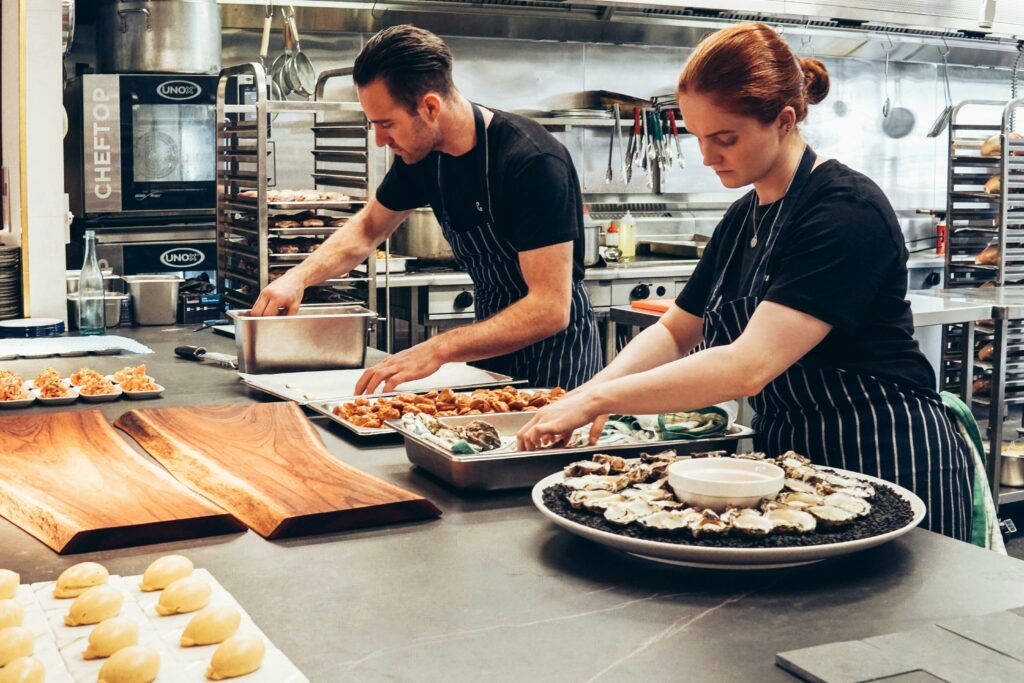The FMCG Market is Recovering: Can You Leverage a World of New Opportunities?
The FMCG (Fast-moving Consumer Goods) industry, is reporting an incredible recovery speed in a post-pandemic landscape.
Even now, almost 4 years after the events of 2020 began, most industries are still dealing with the effects of COVID-19. However, for some organizations, the influence of the pandemic hasn’t been all bad.
The Fast-Moving Consumer Goods landscape, including toiletries, confectionary, dry goods, white goods, cosmetics and more, saw a significant spike in demand over the last couple of years. According to the Kantar Worldpanel, sales in the FMCG for China increased by 10.5% year-over-year for the first quarter of 2021. Similar growth is evident throughout multiple regions around the globe.
While the FMCG market is clearly growing, some areas are experiencing better levels of transformation than others. Let’s take a closer look at where companies can take full advantage of the FMCG market in the new, post-pandemic era.
FMCG and Ecommerce: Digital Channels on the Rise
One of the most exciting areas for FMCG today is the ecommerce market. During the pandemic, many companies selling fast-moving products saw a massive influx in demand from end-users buying products online and arranging contact-free deliveries. Some consumers resorted to stockpiling essential items like food, toiletries, and water, while business leaders struggled to keep up with demand using traditional supply chains.
Following the pandemic, consumers will continue to expect immediate access to the products they need in the FMCG space. This means organizations will need to take additional steps to ensure inventory levels remain consistent. Shopping online to find a range of local and reliable suppliers could be essential in the months to come.
During the pandemic, many organizations have begun to recognize how important an agile and flexible supply chain can be to maintaining profits. The events of 2020 prompted countless issues with the supply chain, and demand for various items grew increasingly volatile. As we move ahead into the new age of B2B buying, digital channels will help to revive the FMCG market.
Not only can FMCG companies use the digital world to find local suppliers and vendors, but they can also embrace new modes of ecommerce selling to deliver packages of crucial products to growing companies around the globe.
The Changing Buyer Journey
The pandemic has accelerated the path of many companies towards a more efficient, optimized digital journey for buying and selling FMCG products. As restrictions begin to lift, companies will need to continue ensuring they have access to the right products at speed, or they risk losing their customer base. Studies demonstrate that many companies in the pandemic had to simplify their portfolios, simply because they didn’t have the right agility in the supply chain.
In the future, companies will need to embrace new ways of fast-tracking the supplier approval process, ensuring supply continuity, and boosting backup sourcing solutions. The age of the B2B digital marketplace is on the horizon, representing excellent opportunities for flexibility in the post-pandemic era.
Not only would a flexible marketplace focused B2B environment represent better efficiency and continuity to companies in the post-pandemic world, but it also appeals to a younger audience. The B2B buyers of today and tomorrow are getting younger, particularly in industries like FMCG. Approximately half of all B2B buyers are millennials, and these leaders demand a technology-first approach to their transactions.
Younger B2B buyers have grown up in a world comfortable with digital innovation and technology. During the pandemic, these are the company leaders who turned to the internet in search of solutions to supply chain and inventory problems. Going forward, these younger buyers will also be the people pushing a new era of B2B sales. Unfortunately, around 90% of B2B sales executives also say they’re not prepared to sell to a digitally savvy customer.
Now that the digital environment has become the ultimate landscape for planning and optimizing the supply chain in FMCG sales, companies will need to be prepared to meet buyers where they are. FMCG sellers and suppliers will need to think about how their online platform drives new opportunities for their business and whether they’re delivering the kind of simple, meaningful experiences modern consumers are looking for.
Prepare for a New Age of FMCG Selling
For FMCG suppliers and vendors, the key to success lies in a new form of convenient online selling. B2B buyers in the post-pandemic world will be looking for options, convenience, and simplicity – three things they’ve become increasingly familiar with in the B2C market. Your B2B buyers expect the same convenience they get shopping for supplies on Amazon when buying from you.
The pandemic has officially accelerated digital transformation by an average of 7 years, and vendors need to keep up with a new age of buyers who are no longer willing to rely on complex supply chains and distributed vendor connections. With Souqbox, companies in FMCG finally have the opportunity to offer their buyers the unique post-pandemic experience they’ve been looking for.
Through an innovative ecommerce solution like Souqbox, organizations can replace complex supply journeys and inventory management issues with a streamlined digital marketplace and online sales environment. You can create a new, more effective path to purchase for your buyers.
Contact Souqbox today to discover how you can innovate and optimize for the new age of FMCG selling and connect with a generation of younger buyers













